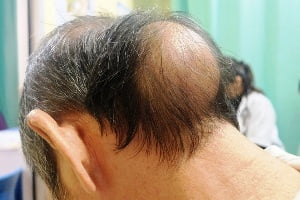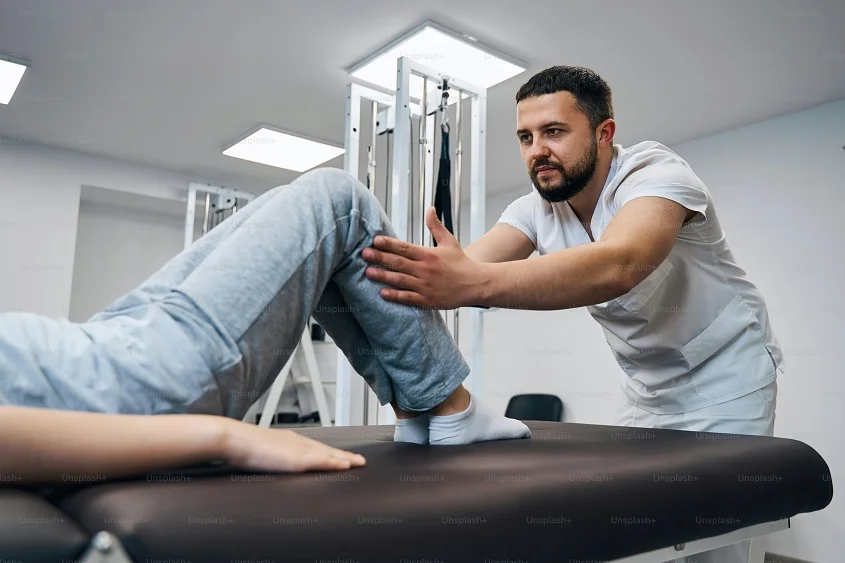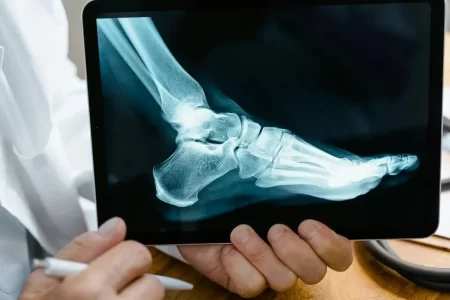You can’t “out-surgery” a poor recovery. The incision may be a single day, but healing is a full-time job. Think of the operating room as the starting gun, not the finish line. What happens next—your sleep, movement, nutrition, mindset, and follow-through—decides whether you return to life stronger, stiffer, or somewhere in between.
Recovery Is Where Outcomes Are Made
Surgery realigns structure; recovery retrains function. Those first cautious steps, the careful bend of a joint, the quiet work of scar remodeling—this is the true arena. Tendons glide or snag. Muscles switch back on or learn to avoid. Nerves calm or stay noisy. Outcome isn’t a miracle; it’s the accumulation of tiny, repeated choices performed consistently.
The “1% Rule” for Orthopedic Healing
Big promises burn out; small wins compound. Aim for 1% better range, strength, or control each day. Flex the knee five extra degrees. Hold a bridge two seconds longer. Stand up with a smoother weight shift. These modest upgrades are like interest on a loan—their compound effect is dramatic over weeks.
Pain Has a Voice—Listen, Don’t Obey
Not all pain is danger. Some of the body’s alarms are still ringing after the fire is out. Learn the difference between sharp, escalating pain (stop) and dull, aching discomfort (modulate). Use a simple traffic-light check: red = stop, amber = adjust load or form, green = continue. The goal isn’t zero pain; it’s smart pain that guides, not rules.
Your Team Is Bigger Than the Operating Room
Great results are a relay race between your orthopedic surgeon, anesthetist, physiotherapist, and you—the anchor leg. Clarify the handoff. Who do you call for swelling questions? What’s the plan if progress stalls? Build a clear calendar of milestones (week 1 swelling control, week 2 gait quality, week 4 functional strength), so everyone rows in the same direction.
Sleep, Protein, and Patience: The Untouchables
Healing tissue is expensive. Pay attention to deep sleep and adequate protein. Prioritize 7–9 hours in a cool, dark room; guard it like medication. Plate your meals with 25–35g of protein per sitting, colorful plants for micronutrients, and water to keep joints happy. Supplements are supporting actors; sleep and protein get top billing.
Move Early—But Move Well
Early motion reduces stiffness, but sloppy motion teaches bad patterns. Quality over bravado. Use mirrors or video to spot compensations—hip hiking, toe-out walking, shoulder guarding. Cue yourself with simple phrases: “Tall spine.” “Quiet shoulders.” “Knee tracks over toes.” Ten perfect reps beat thirty messy ones.
Measure What Matters
Track metrics that reflect function: morning stiffness minutes, step count without limp, single-leg balance time, and pain at end-range rather than at rest. Graph them. Seeing lines slope in the right direction keeps motivation high and conversations with your care team precise.
Discharge With a Playbook, Not a Pamphlet
Before leaving the hospital or day surgery, ask for a clear playbook:
- Swelling plan: ice/compression schedule and elevation targets.
- Movement plan: exact exercises, dosage, and progression triggers.
- Safety plan: red flags (calf pain, fever, uncontrolled swelling) and who to contact.
- Return-to-life plan: driving, desk work, stairs, and sports timelines.
The Bottom Line
Surgery changes anatomy. Recovery changes destiny. Treat rehab like a disciplined, time-boxed project with measurable goals, non-negotiable sleep and nutrition, and a team you actually use. Do that, and the scar becomes a chapter—not the whole story.






